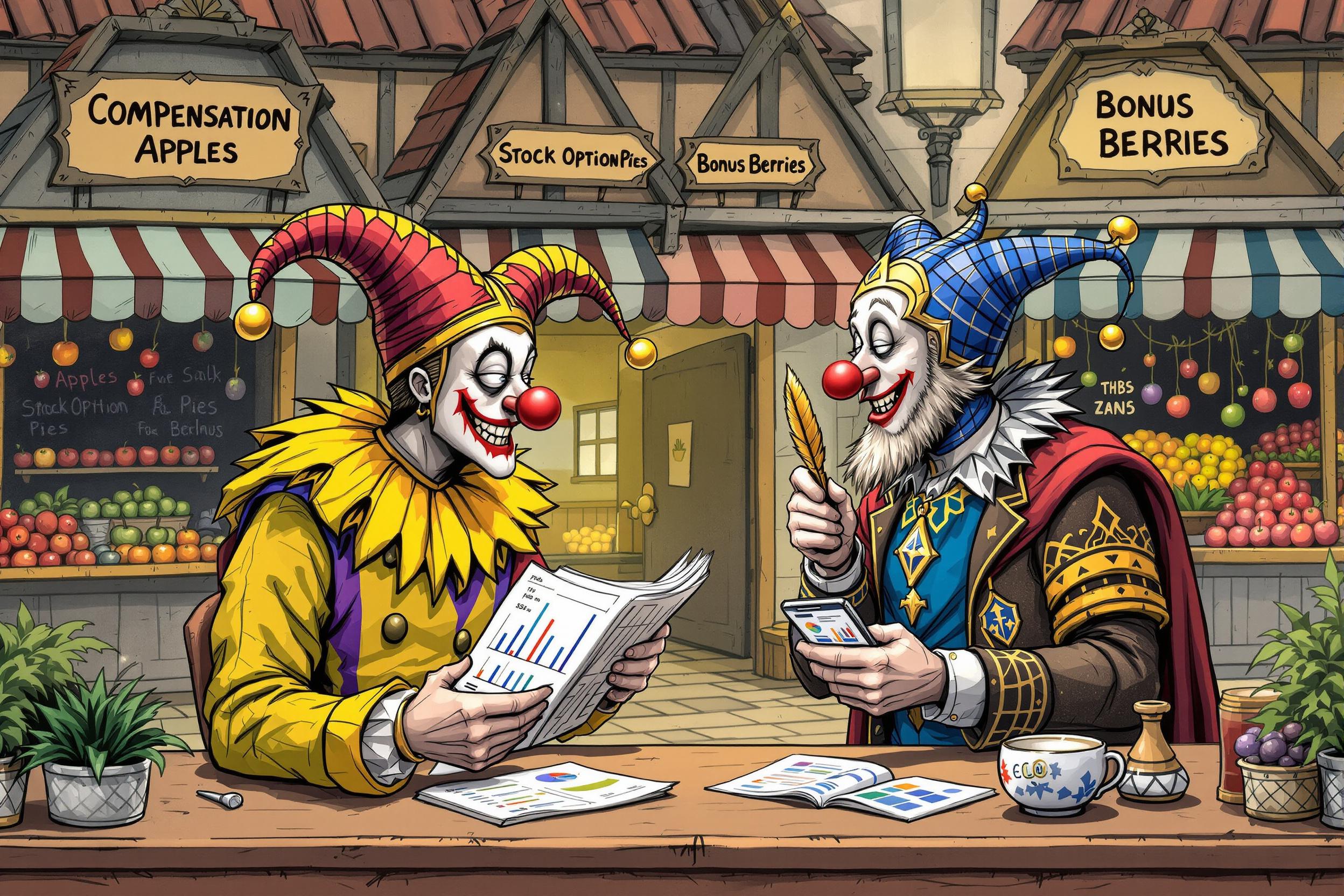
Price Optimization
Price optimization is a business strategy used by retailers to set the best possible prices for their products. It's like finding the sweet spot between making customers happy and ensuring the store makes enough profit. This process uses data about customer behavior, competition, and market trends to decide on prices. Think of it as a smart way to avoid pricing items too high (where customers won't buy) or too low (where the store loses money). This approach has become more important as stores compete with both physical and online retailers.
Examples in Resumes
Led Price Optimization projects that increased store profits by 15%
Implemented Pricing Strategy tools across 50 retail locations
Used Price Optimization software to improve seasonal markdown decisions
Managed Price Analytics for a multi-store retail chain
Typical job title: "Pricing Analysts"
Also try searching for:
Where to Find Pricing Analysts
Professional Organizations
Online Networks
Job Resources
Example Interview Questions
Senior Level Questions
Q: How would you develop a pricing strategy for a new product line?
Expected Answer: Should discuss gathering competitor data, analyzing target customer segments, considering profit margins, and creating a testing plan for different price points. Should mention balancing market share goals with profitability.
Q: How do you handle price optimization during major market changes?
Expected Answer: Should explain adapting to market conditions, using data to make quick decisions, considering both short-term and long-term impacts, and maintaining customer trust while protecting profits.
Mid Level Questions
Q: What factors do you consider when setting promotional prices?
Expected Answer: Should mention analyzing historical sales data, seasonal trends, competitor pricing, inventory levels, and customer behavior patterns. Should discuss balancing discount depth with profit margins.
Q: How do you measure the success of a price optimization strategy?
Expected Answer: Should discuss key metrics like sales volume, profit margins, market share, customer retention, and inventory turnover. Should mention comparing results against goals and making adjustments.
Junior Level Questions
Q: What basic data would you need to start analyzing prices?
Expected Answer: Should mention historical sales data, competitor prices, cost information, and customer feedback. Should understand the importance of having accurate data for analysis.
Q: How would you identify if a product is priced too high or too low?
Expected Answer: Should discuss comparing sales volumes, looking at competitor prices, checking customer feedback, and analyzing how fast inventory moves. Should understand basic signs of incorrect pricing.
Experience Level Indicators
Junior (0-2 years)
- Basic data analysis
- Understanding of retail metrics
- Price monitoring
- Basic Excel skills
Mid (2-5 years)
- Competitive analysis
- Promotion planning
- Pricing software use
- Market trend analysis
Senior (5+ years)
- Strategic pricing leadership
- Advanced analytics
- Team management
- Executive reporting
Red Flags to Watch For
- No understanding of basic retail metrics
- Lack of analytical skills or data interpretation ability
- No experience with pricing software or tools
- Poor understanding of customer behavior and market dynamics
Need more hiring wisdom? Check these out...

Cutting HR Costs Without Sacrificing Quality: A How-To for Savvy Executives

The Hidden Art of Salary Negotiation: How to Win Hearts Without Going Broke

Resume Optimizations that Candidates Do to Get Past AI Hiring Filters

